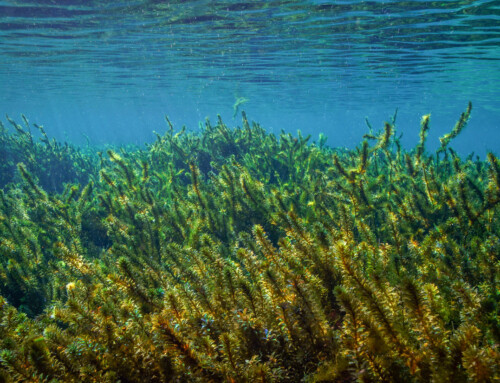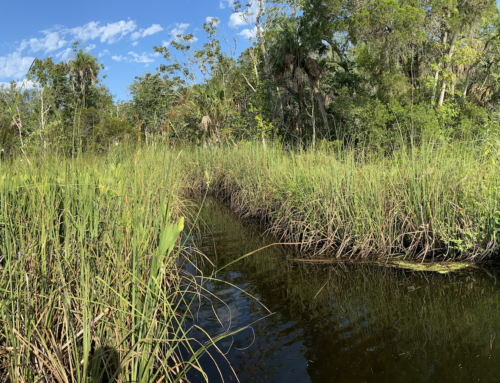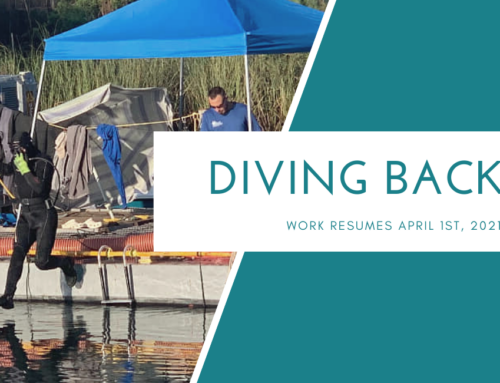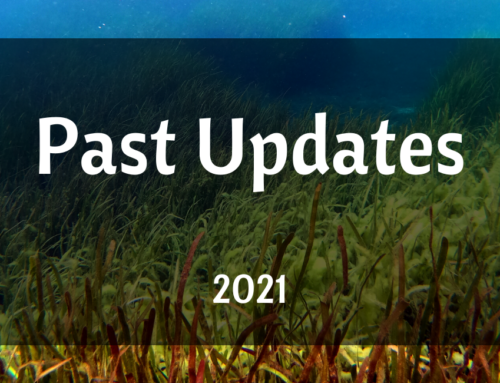Fish, Crustaceans, & Life. OH MY!
How do you measure the positive impact of the King’s Bay Restoration project? Cleaner spring water is a great indicator. Abundant eelgrass beds, flourishing in the Summer months, is another great way to measure success. A less obvious show of the positive impact though, the increase in previously undetectable marine life that are now re-establishing our waterways as home.
The bottom of the food chain
A wonderful indicator of a successfully restored aquatic habitat are macroinvertabrates. We are now seeing in our pilot project Phase 1A (where it all began!) a massive increase in at least 13 different species, the highest population being the amphipod Hyalella azteca. This is very good news! These adorable little… well they look like little shrimps.. are an important prey item. Meaning, these little guys will attract fish, birds and water fowl, and many of our native species. Several tests and comparisons have shown an abundance in established restored areas, while almost nonexistent in unrestored areas.
Fintastic Findings
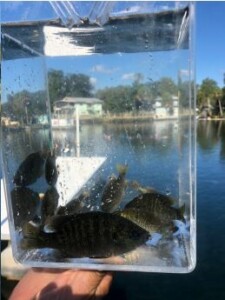
Different fish species found in successfully restored areas.
So we’ve got some tiny water bugs floating around the springs. How exactly does that show a successful impact on marine life? Well something has to prey on these prey species, right?
The Hyalella azteca are not the only aquatic species making a come back. Fish communities are also responding positively to the restored areas. Striped mullet, bluegill, Atlantic needlefish, spotted sunfish, and snook have all been observed in increasing numbers. An abundance of juvenile largemouth bass has also been noted. This is extremely exciting, (we know, our nerd is showing), because largemouth bass only nest in well oxygenated hard bottom, or sandy bottom water ways. The number of these juveniles is an amazing indication that successful reproduction is occurring.
In addition to fish, many other species are prospering in the successfully restored areas. Blue crab, crayfish, and Florida soft shell turtles have all been spotted in increased numbers.
Success in the Future
Ultimately, our success is measured in the sustainability of our restored ecosystem. Continuous research shows positive and reliable evidence that this project will continue to restore and maintain a healthy aquatic community in our waterways.
We also measure success in the positive impact our project has on land! Clear, enjoyable springs and waterways will always encourage tourism. However, the tremendous growth we are seeing in marine life will continue to boost the fishing industry and our local economy. What happens in the water directly effects what is happening on land. The King’s Bay Restoration Project and Save Crystal River measures success not only on the water quality, eelgrass beds, and marine life, but on the success of our community as a whole.




